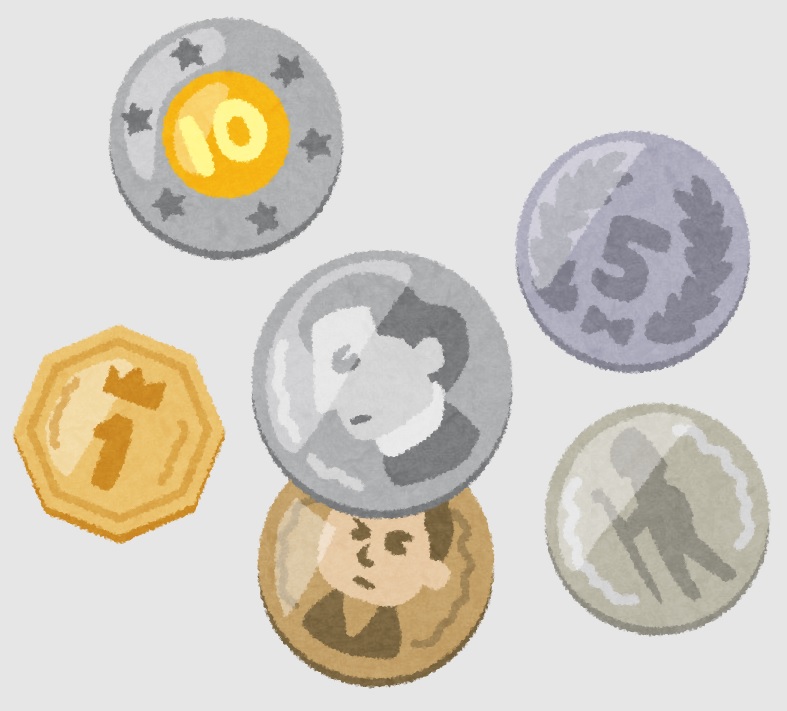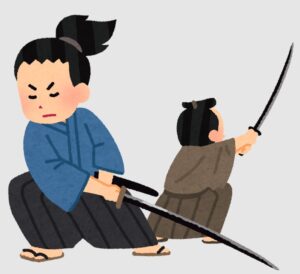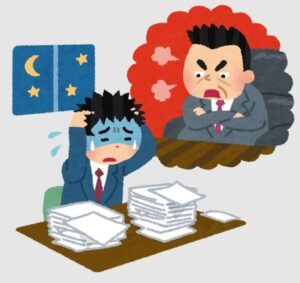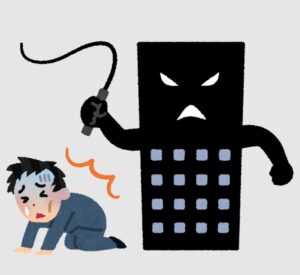「銀行の外貨預金は不要|手数料と税金で損する外貨預金、そのリスクを徹底解説」
今日は【貯める力】
銀行の外貨預金に手を出すな
というお話をします。
●外貨預金はあなたの財布の敵~あなたのお金は砂上の楼閣~

銀行窓口でキャンペーンを
良くやっている外貨預金。
この外貨預金について
お話ししていきます。
これも典型的な

ダメ商品の一つです。
すごく勧誘してくると
思うんですけど
全然ダメです。
その理由を
お話ししていきます。
外貨預金とは
何なのかと言うと
円を外国のお金に両替して
銀行に預けておくことです。
これは
イメージがつくのではないでしょうか?
円→米ドル
円→ユーロ
円→豪ドル
など。
そもそもなぜ預けるのか?
外国の金利が高いからです。
ここでPRしてくる。
日本で預けていても
0.01%しか金利は付かない。
米ドルで預けていれば2%
豪ドルだったら1.5%
南アフリカランド
トルコリラ・・・
色々出てくると思います。
要は日本に置いておいても
お金は増えないので外貨預金しましょうと
キャンペーンでPRする。
結論から言うと
銀行の外貨預金は不要です。
これははっきり言って
投資商品ですらない。
騙されてはいけません。
●銀行の外貨預金は、あなたのお金をじわじわ削る罠~両替でガッツリ手数料、利息は税引き後で元本割れ寸前~

銀行の外貨預金が
不要な理由についてお話します。
(1)ボッタクリの為替手数料
とにかく
両替の手数料が
本当に高い。
レートが1ドル100円の時
100円をドルに両替すると
1ドルです。
しかし実際には
0.99ドルになるんです。
減ってるんです。
1ドルにならない。
これは
どういう事かと言うと
大手の銀行であれば
片道100円につき1円の
手数料が掛かります。
ネット銀行であれば
もう少し安い。
米ドルが
一番メジャーな通貨なので
それ以外の
マイナー通貨であれば
更に高い手数料がかかる。
これ
1%になるんですけど
100円につき1円の手数料
これぐらいならいいかな?
と思うじゃないですか。
それが2回かかるんですよ。
往復の手数料。
だって
円をドル=外貨に替えてから
円に戻して
大体の人が使いますよね?
今から
海外に行って住むんでしたら
まだいいんですけど。
要は1万円を外貨に替えて
外貨からまた日本円に戻すだけで
1万円が
9,800円になっちゃうんですよ。
9,800円を1万円で買うような
手数料って事ですよね?
ということは
これだけで
2%かかるんですよ。
利息には税金がかかる。
例えば
上記の例で

「9,800円になっても
2%金利がつけば
いいじゃないか!」
という人がいるんですけど
9,800円に2%
仮に金利が付いたとします。
そうすると
196円金利がつきます。
1万円に戻らないんです。
196円=これは増えた分なので
税金がかかります。
この196円の20%の
税金がかかるんですね。
預金の利息には
必ず20%の税金がかかります。
だからもらえるのは
157円なんです。
細かい話ですけど。
ということは1年経っても
1年預けて2%金利がついても
まだ9,957円なんですよ。
まだ元本に達しないんです。
〜〜〜つづく〜〜〜
Special Thanks college president Ryo.

●おまけ
≪≪perplexityちゃんによる文章まとめ≫≫
銀行の外貨預金は、貯蓄や安定運用には不向きです。最大の理由は高額な両替手数料で、片道1%、往復で約2%が差し引かれます。
例えば1万円を米ドルに替えて再び円に戻すと、為替変動がなくても約9,800円になります。
仮に年2%の金利が付いても、利息196円から税金20%が差し引かれ、手取りは157円程度。結果として元本の1万円には届かず、元本割れとなります。
しかも為替相場の変動リスクもあるため、安全性は低いです。
銀行は高金利通貨を宣伝しますが、それ以上に手数料負担が重く、利益が出にくい仕組みです。
外貨預金は投資商品というより、銀行に有利な金融商品であり、預金者にとっては資産を減らす危険性が高いと言えます。
短期的な利回りに惑わされず、本当に必要な資産運用手段かどうかを冷静に判断することが重要です。
- https://www.nature-inter.com/column/2801/
- https://media.sbishinseibank.co.jp/gaika/post-104.html
- https://kabutan.jp/hikaku/fx_not_recommended_gaikayokin/
- https://www.resonabank.co.jp/kojin/column/gaika/column_0001.html
- https://www.tokyostarbank.co.jp/feature/education/increase/20240813_2.html
- https://komachi.yomiuri.co.jp/topics/id/281402/
- https://www.bk.mufg.jp/column/shisan_unyo/0052.html
- https://www.resonabank.co.jp/kojin/column/gaika/column_0001.html
- https://www.jibunbank.co.jp/column/article/00396/
- https://www.bk.mufg.jp/column/shisan_unyo/0048.html
- https://www.iyobank.co.jp/sp/iyomemo/entry/20200109.html
≪≪Chat-GPTくんによる英訳≫≫
Today’s topic: The Power of Saving
Don’t touch bank foreign currency deposits.
【Foreign currency deposits are the enemy of your wallet — your money is a castle built on sand.】
Banks often run campaigns for foreign currency deposits at their counters.
Today, I will talk about these foreign currency deposits.
This is one of the typical bad financial products.
They aggressively promote it, but it’s completely a bad deal.
Let me explain why.
—
What is a foreign currency deposit?
It means exchanging your yen into foreign currency and depositing it in a bank.
You might have an image like this:
Yen → US Dollars
Yen → Euros
Yen → Australian Dollars
and so on.
—
Why do people deposit in foreign currencies?
Because foreign interest rates are higher.
That’s the point they promote.
In Japan, interest rates are only about 0.01%.
If you deposit in US dollars, you might get 2%.
In Australian dollars, about 1.5%.
Other currencies like South African rand or Turkish lira also appear.
Basically, they say your money won’t grow if left in Japan, so deposit in foreign currencies — this is what their campaign promotes.
—
To conclude: Bank foreign currency deposits are unnecessary.
To be clear, they’re not even really investment products.
Don’t be fooled.
【Bank foreign currency deposits are a slow-draining trap for your money — heavy exchange fees and interest eaten up by taxes, leaving you barely breaking even.】
Now, let me explain why bank foreign currency deposits are unnecessary.
(1) Rip-off exchange fees
The exchange fees are really high.
—
For example, when the rate is 100 yen to 1 dollar, exchanging 100 yen to dollars should give you 1 dollar.
But in reality, you get only 0.99 dollars.
Your money decreases.
You don’t even get 1 dollar.
—
What this means is:
In major banks, you pay about 1 yen fee per 100 yen exchanged (one way).
Internet banks have slightly cheaper fees.
Since the US dollar is the most common currency, other minor currencies have even higher fees.
—
This means the fee is about 1%.
You might think, “1 yen per 100 yen is okay.”
But you pay this fee twice.
For both going and returning.
—
Because after exchanging yen to dollars (foreign currency), most people eventually convert it back to yen to use.
—
If you’re going to live abroad, that might be fine.
But in general, if you exchange 10,000 yen to foreign currency and then convert it back to yen, you end up with only about 9,800 yen.
—
That means you are paying a fee as if you bought 9,800 yen for 10,000 yen.
—
This alone means a 2% fee.
—
Interest is also taxed.
—
For example, in the case above:
—
> “Even if it drops to 9,800 yen, isn’t it okay if 2% interest is applied?”
—
Some might say that.
If 2% interest is applied to 9,800 yen,
you get 196 yen as interest.
—
But you still don’t get back 10,000 yen.
—
That 196 yen is your earnings, so it’s taxed.
—
The tax on interest is 20%.
—
So you actually get 157 yen after tax.
—
It’s a small detail, but important.
—
So even after one year, with a 2% interest rate, you still only have about 9,957 yen.
You haven’t reached your original principal.
Special Thanks OpenAI and Perplexity AI, Inc








